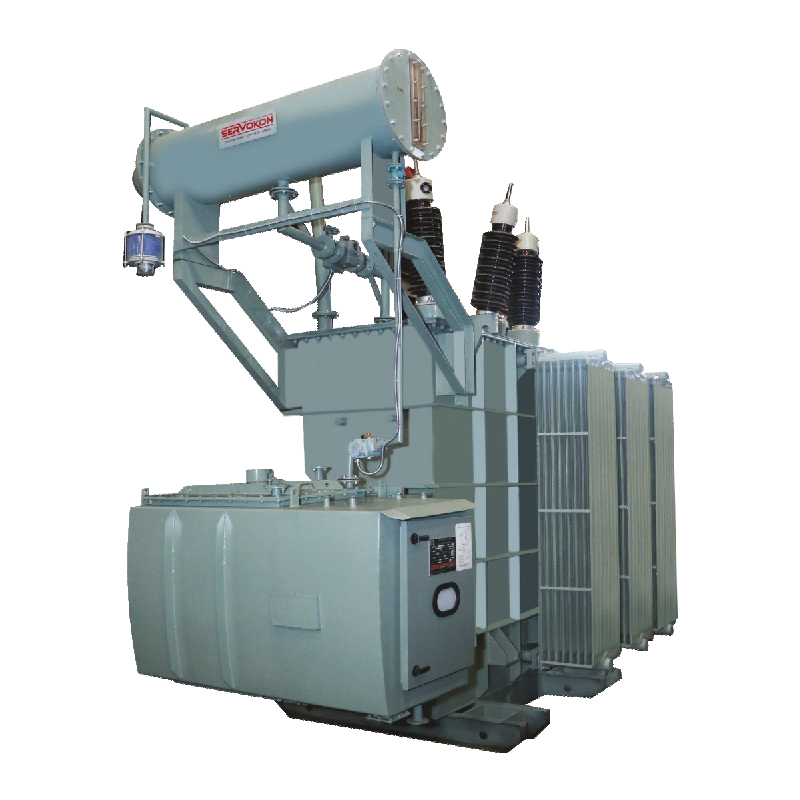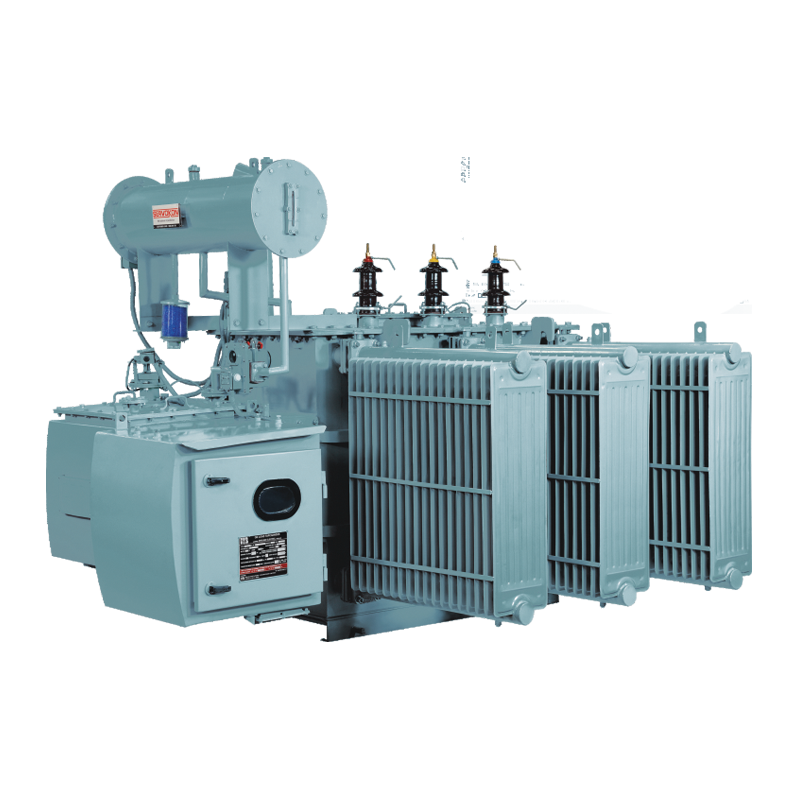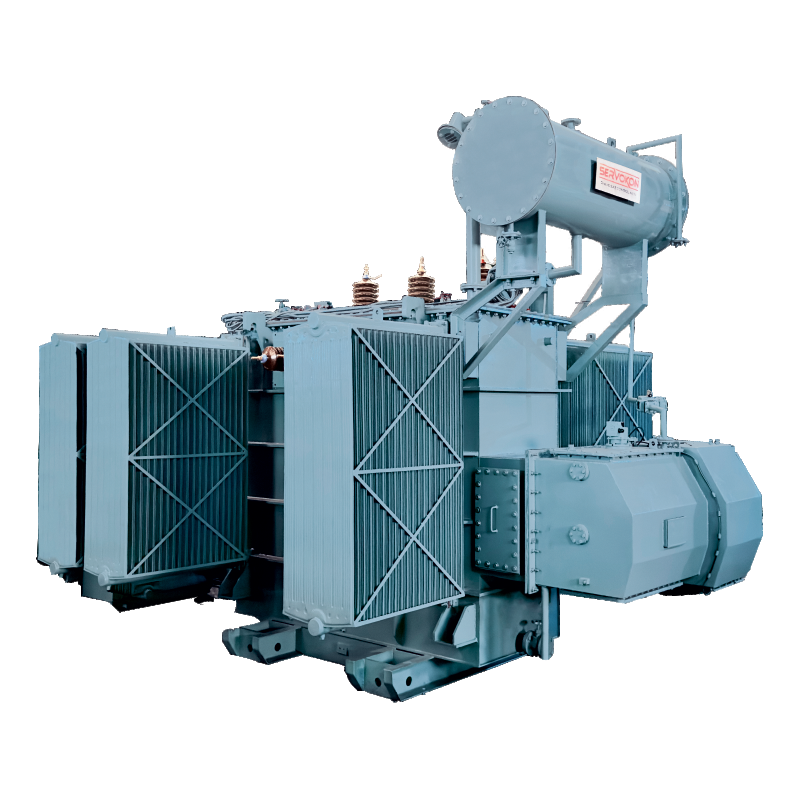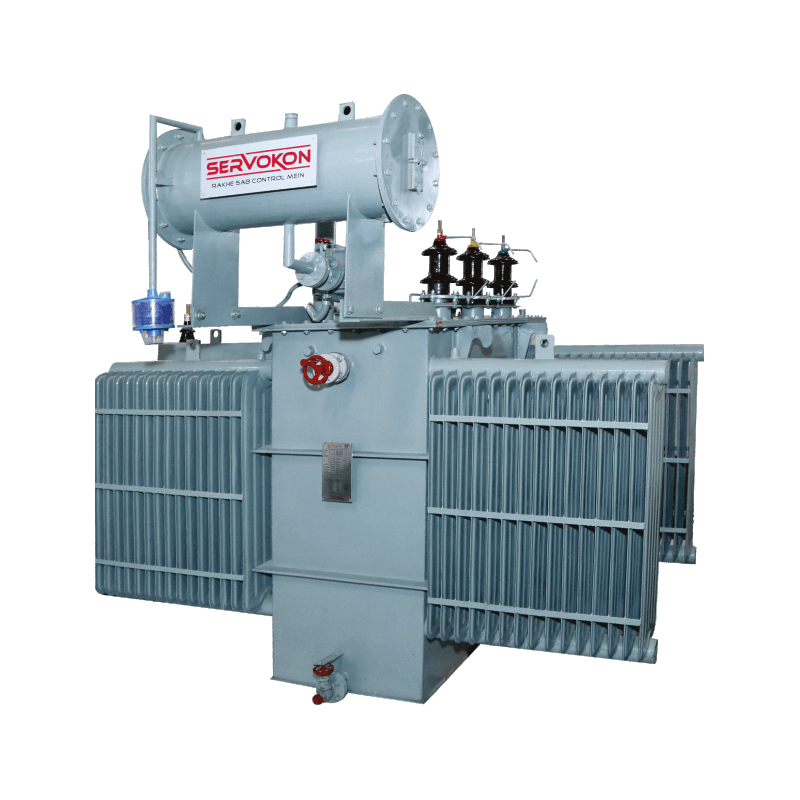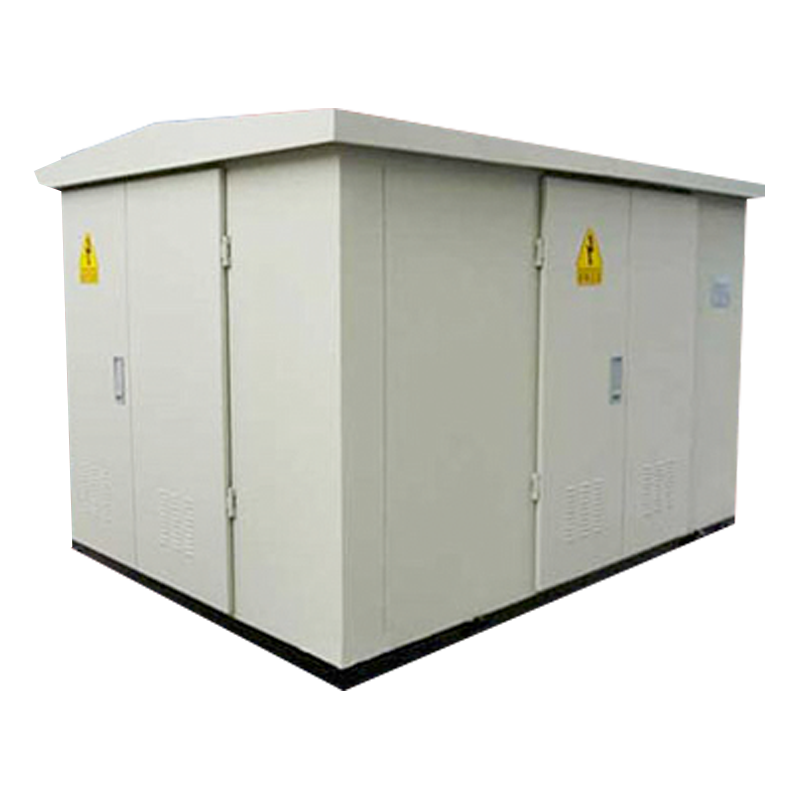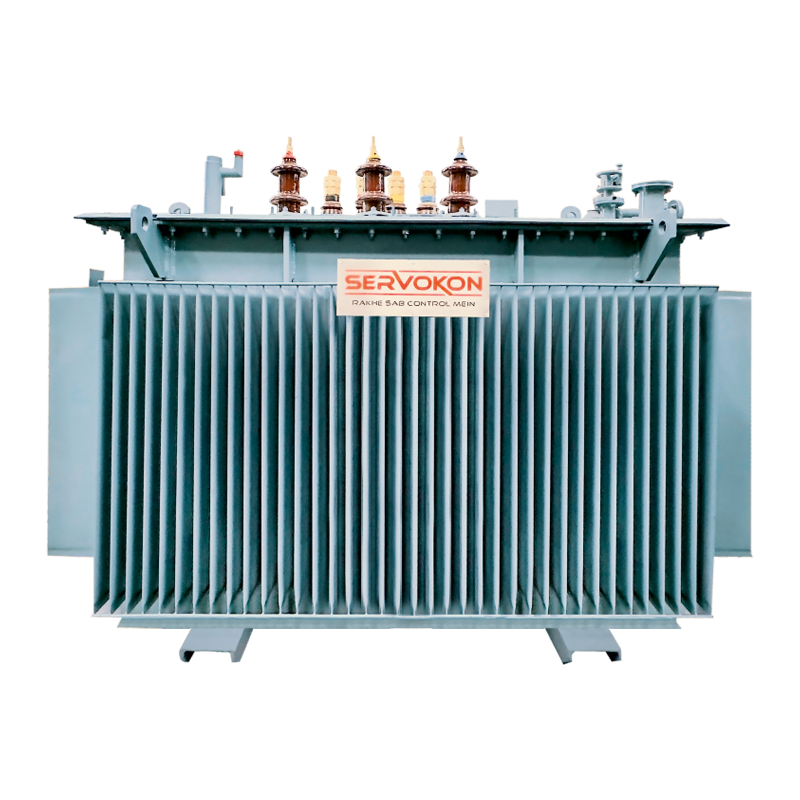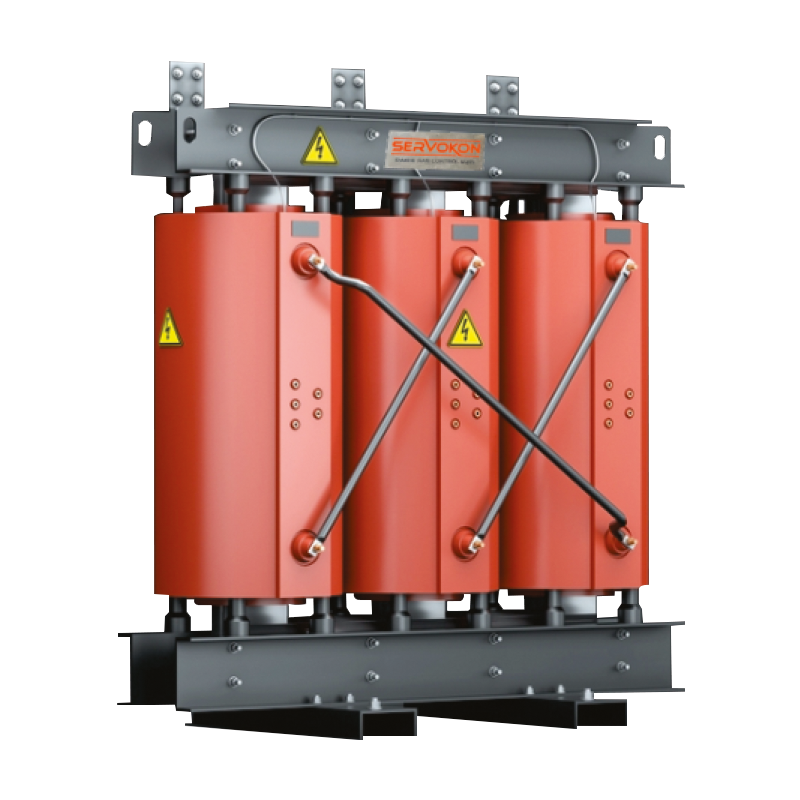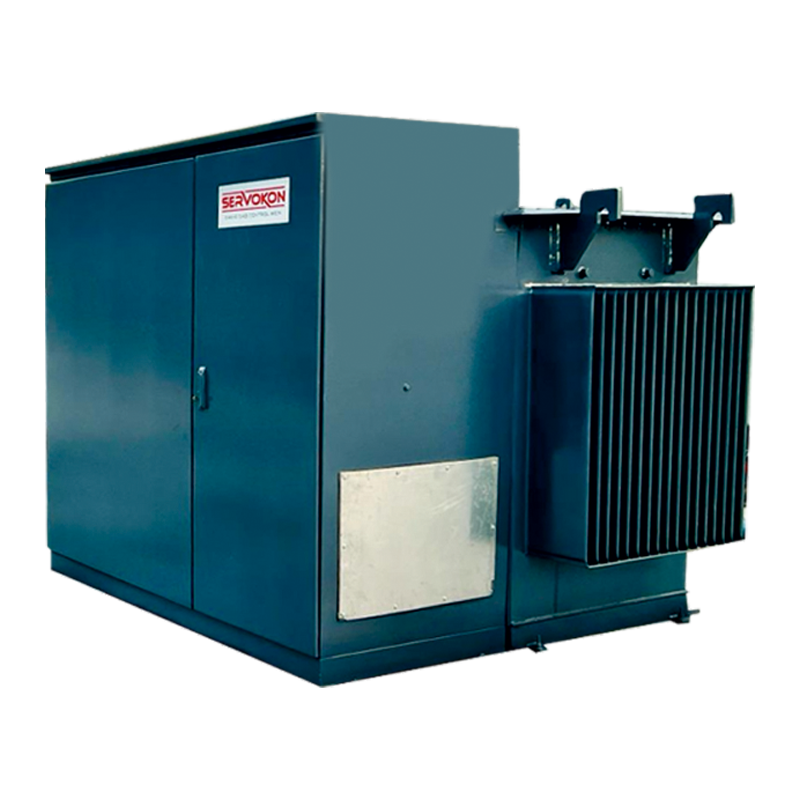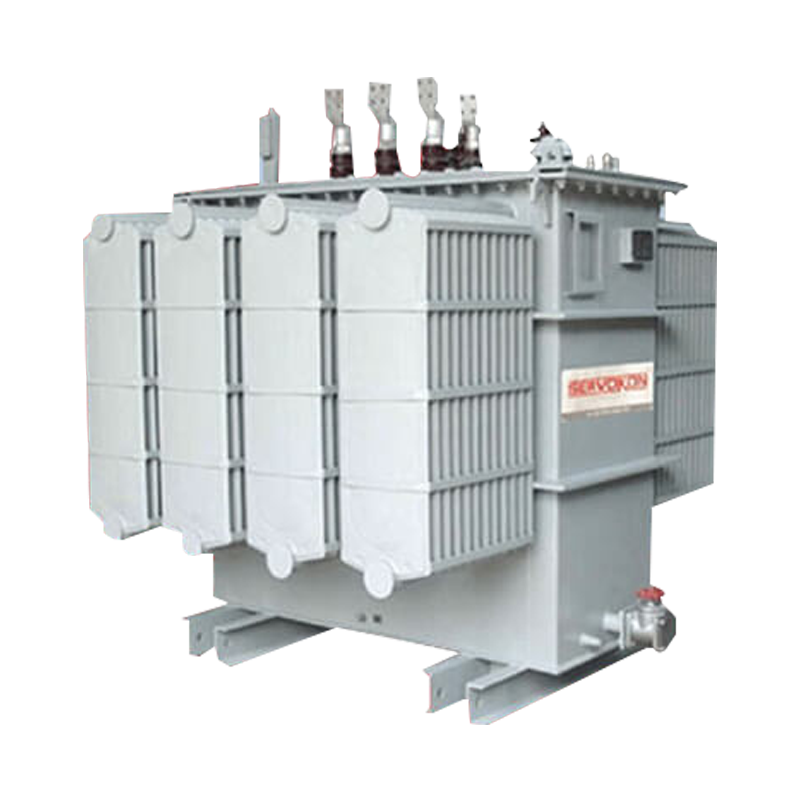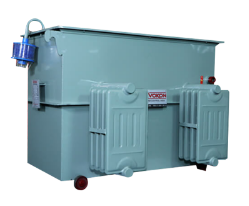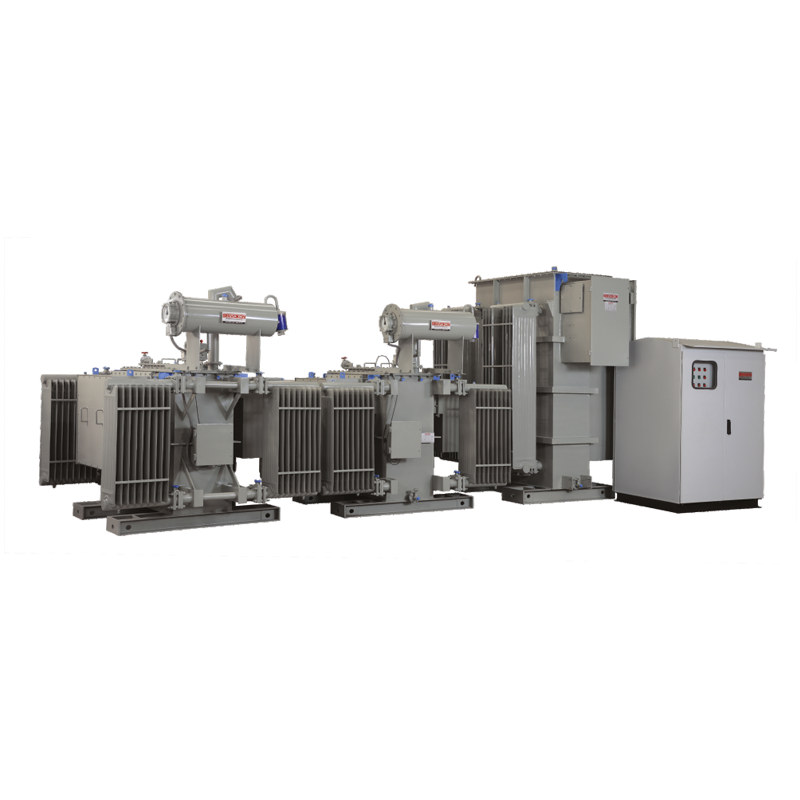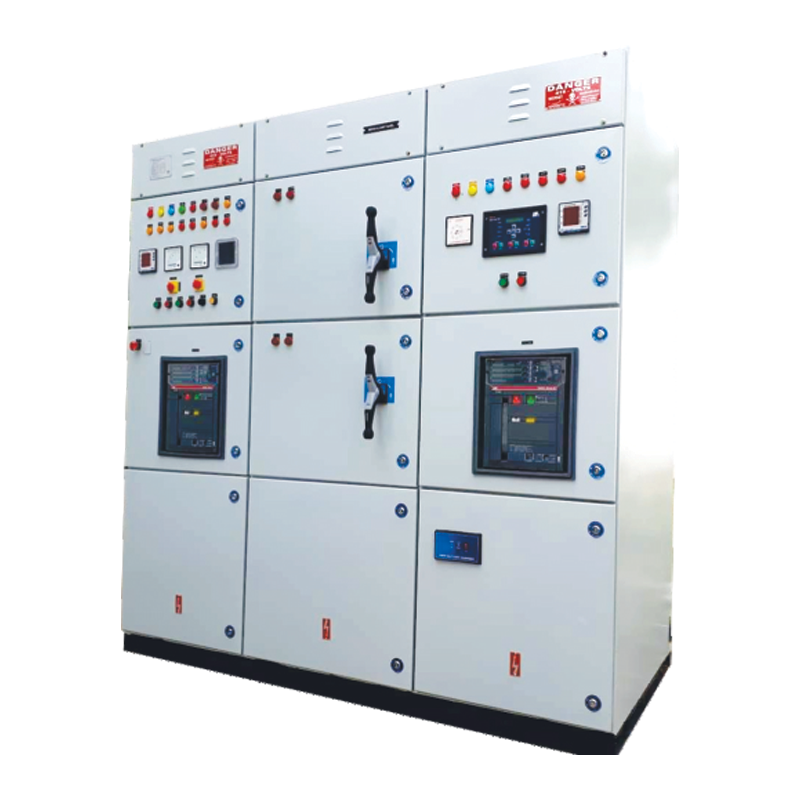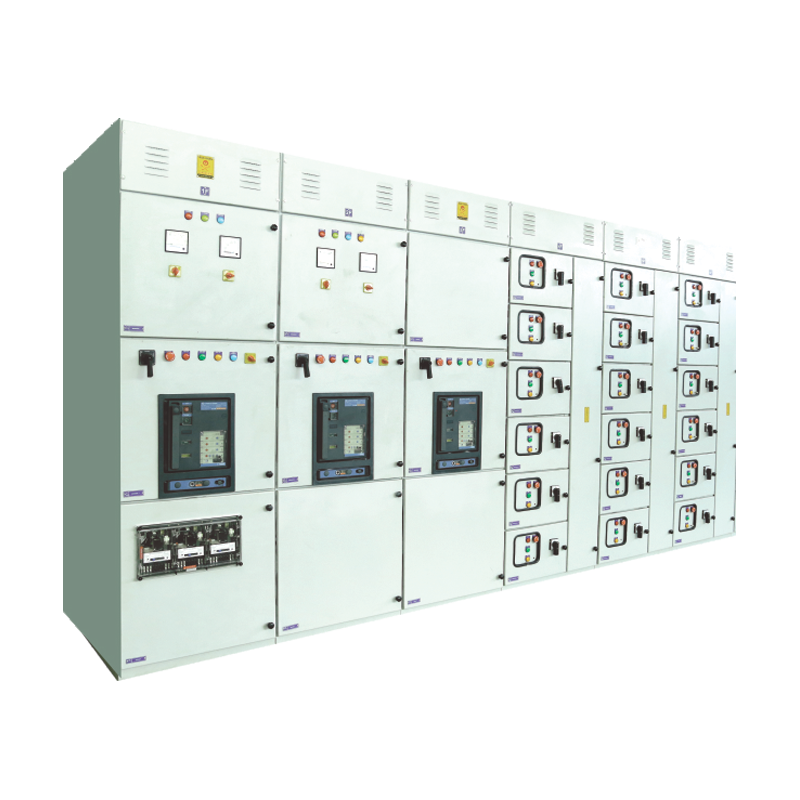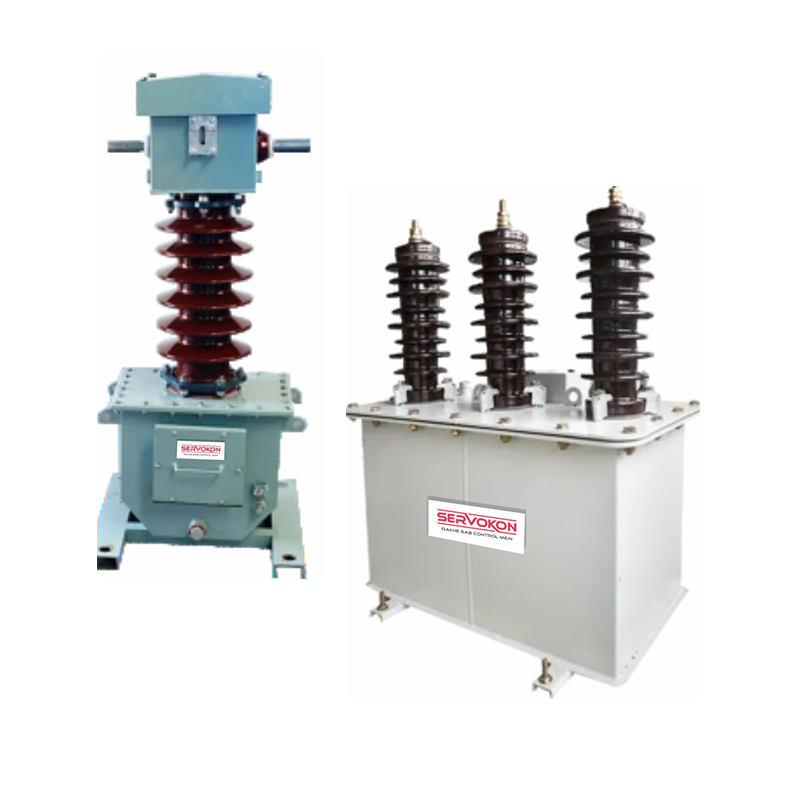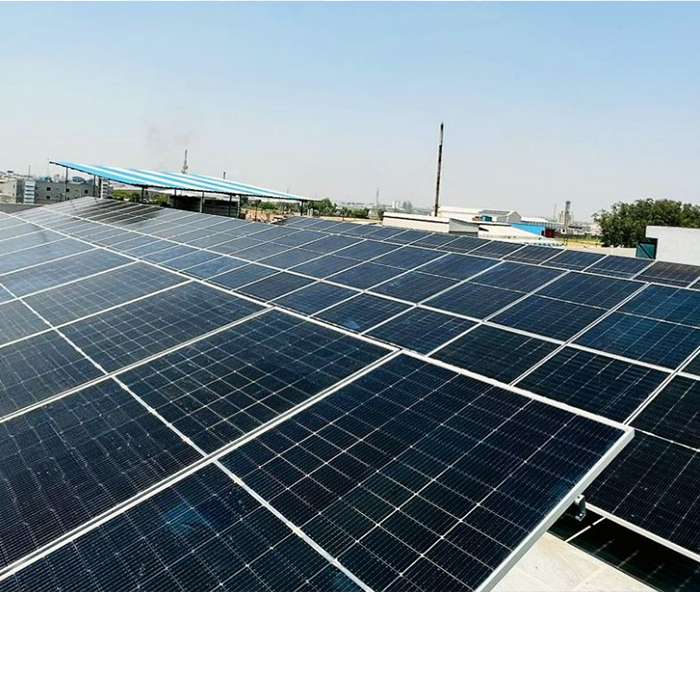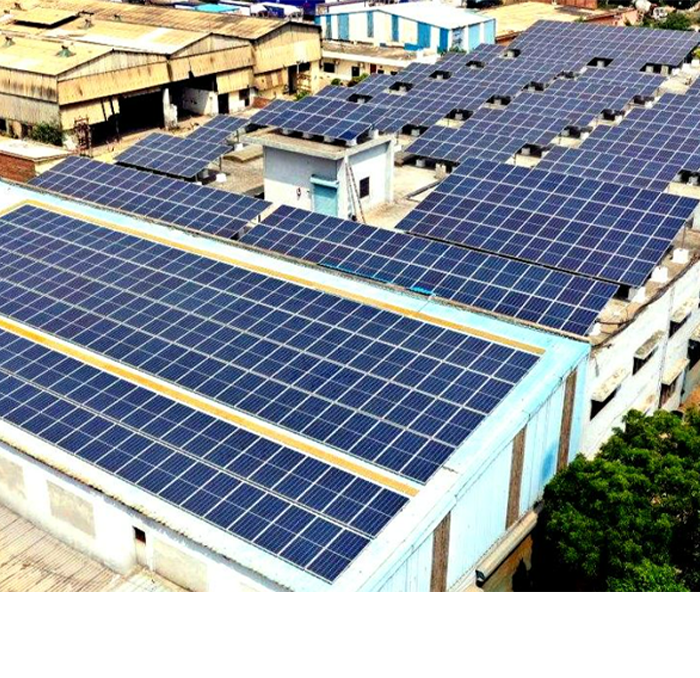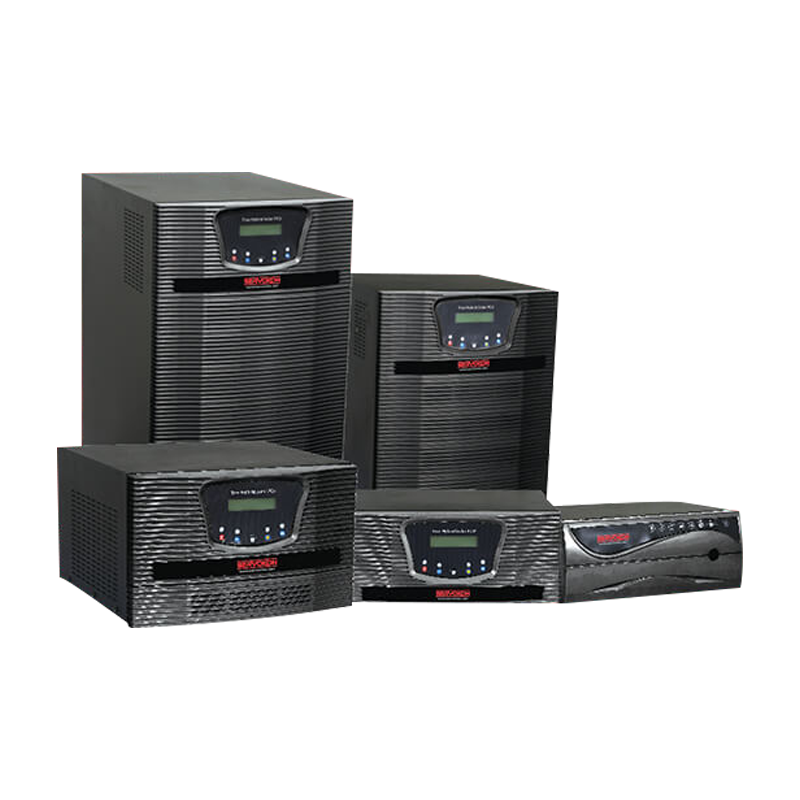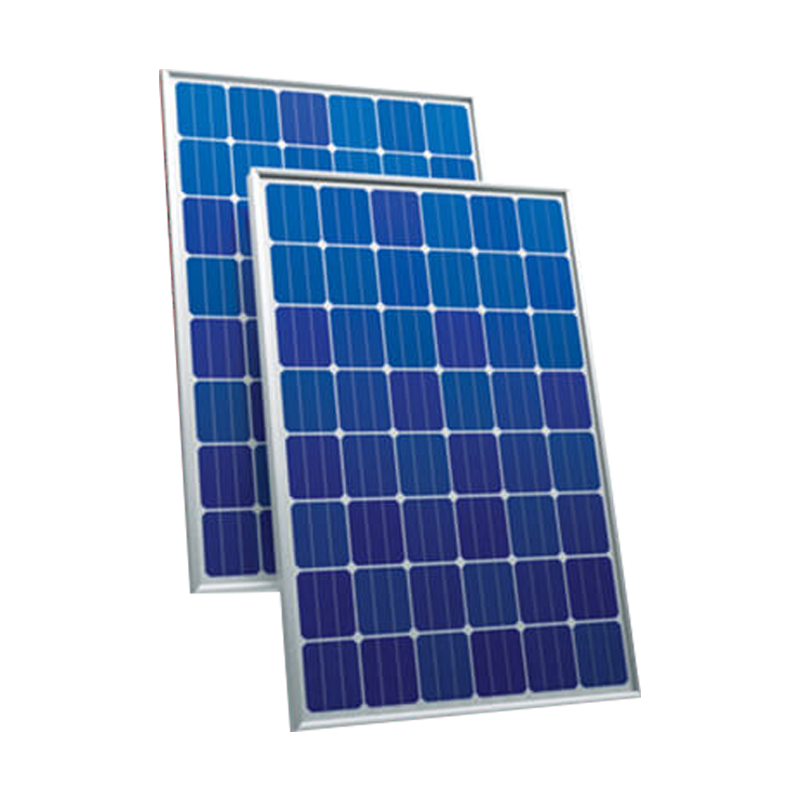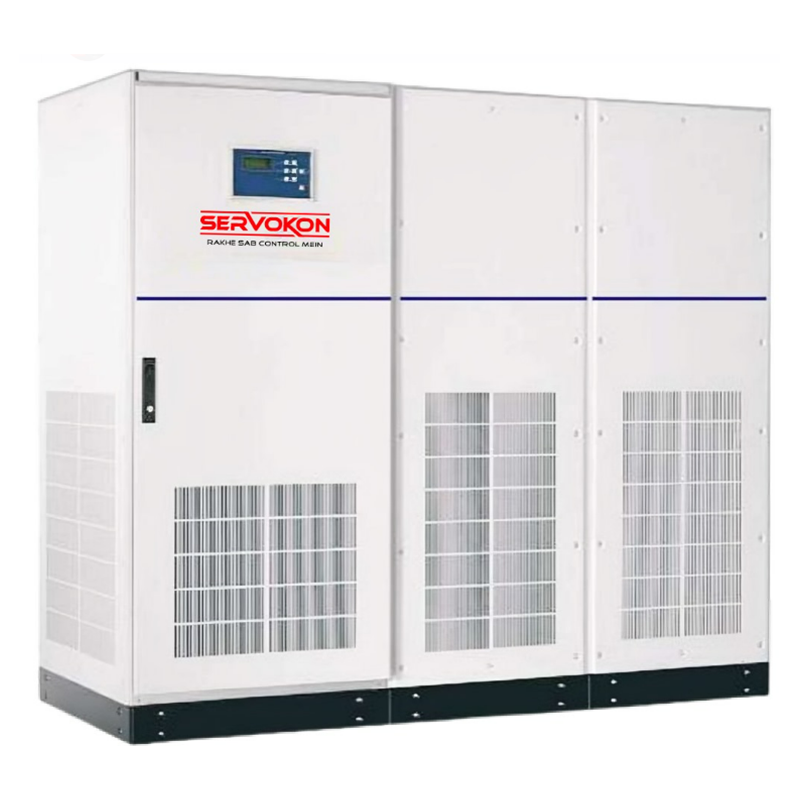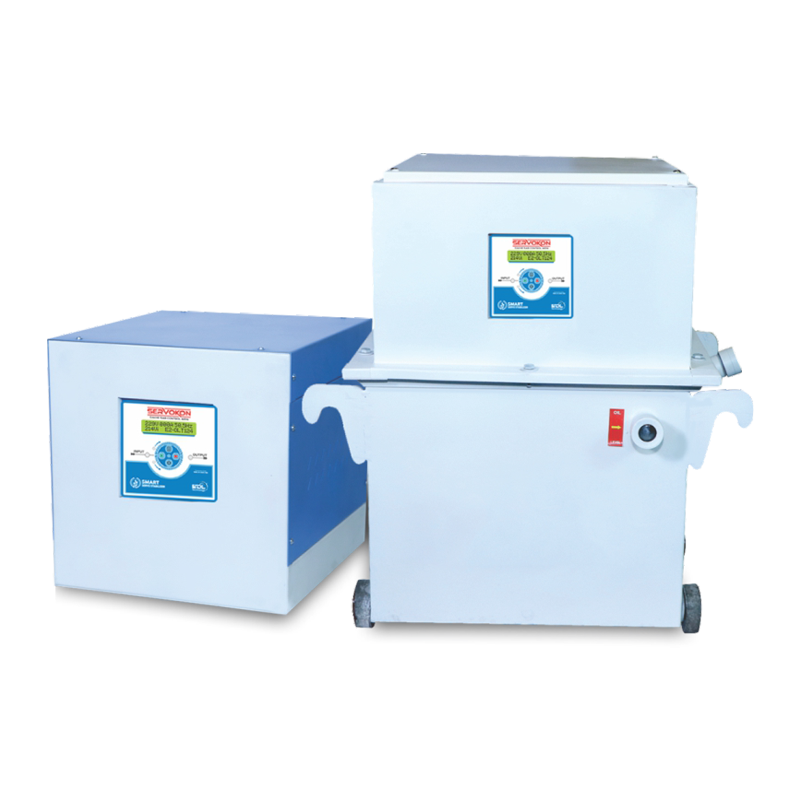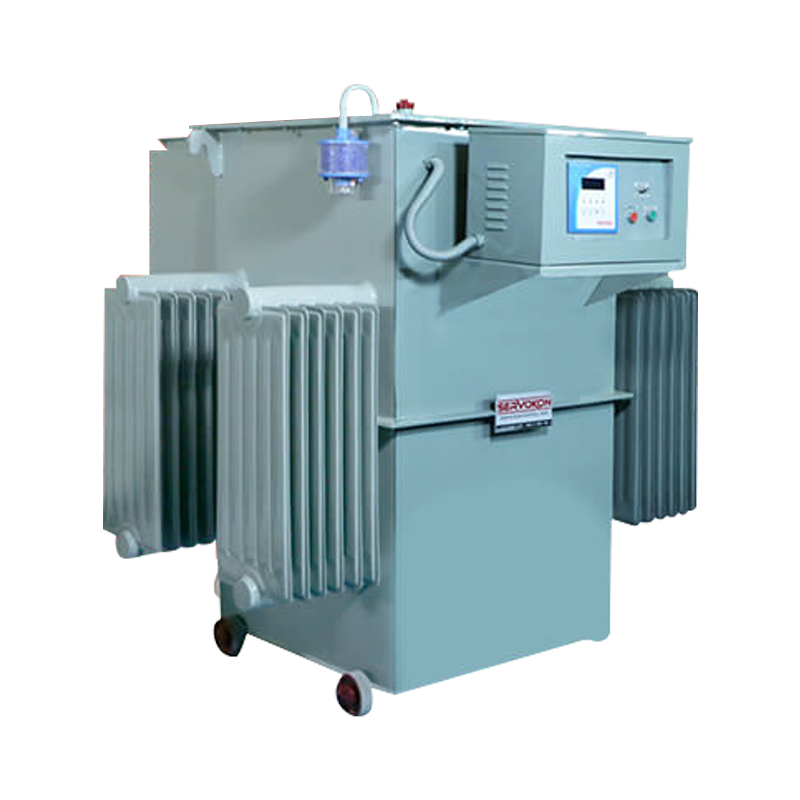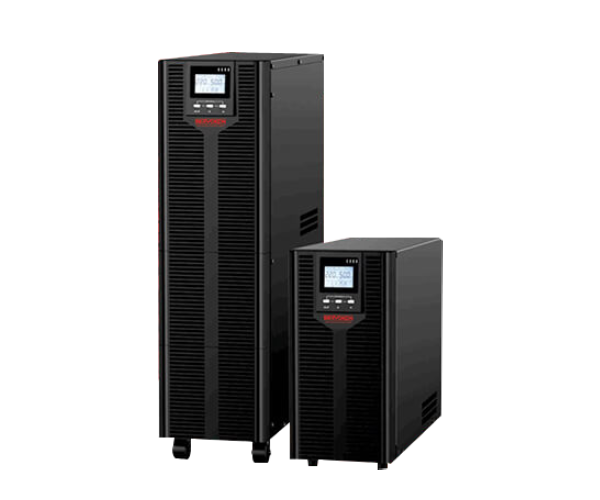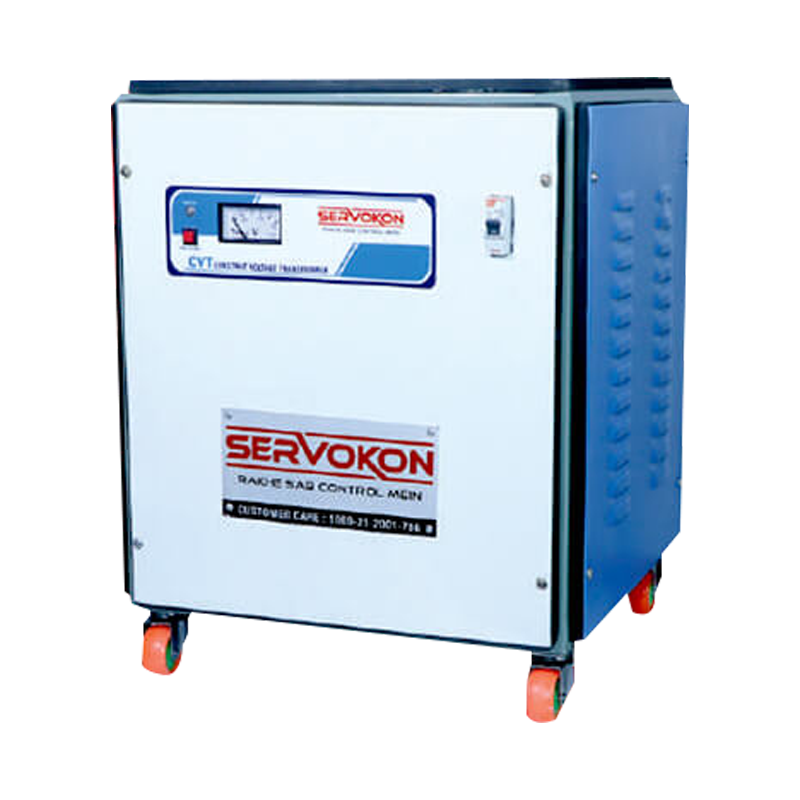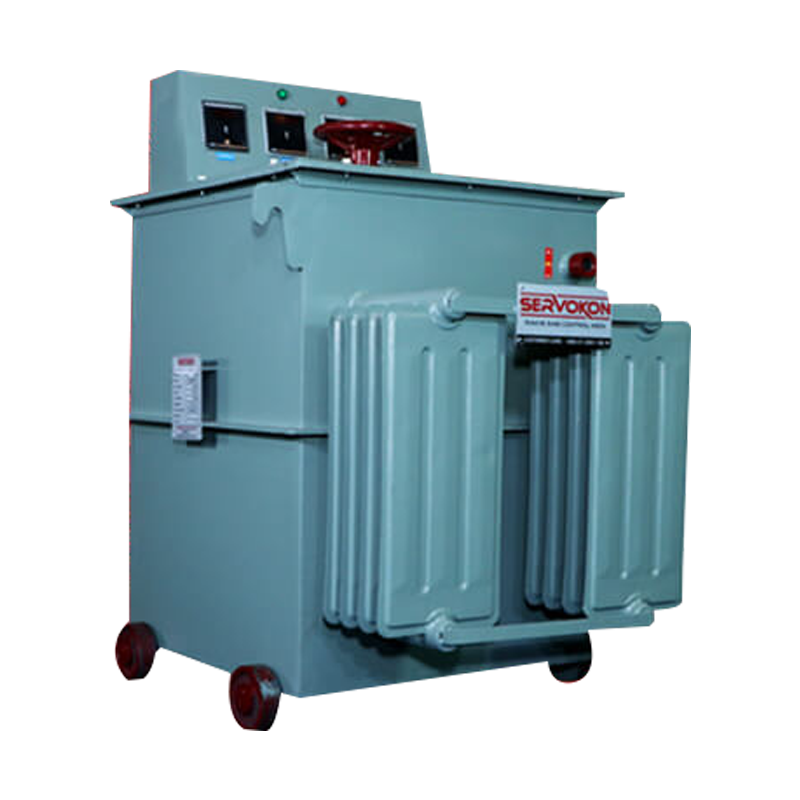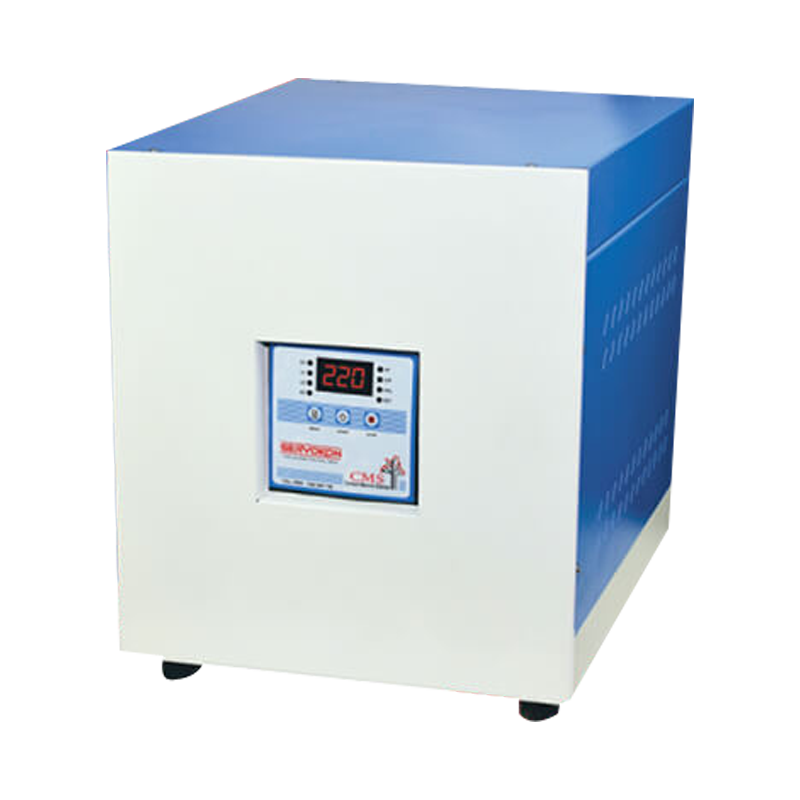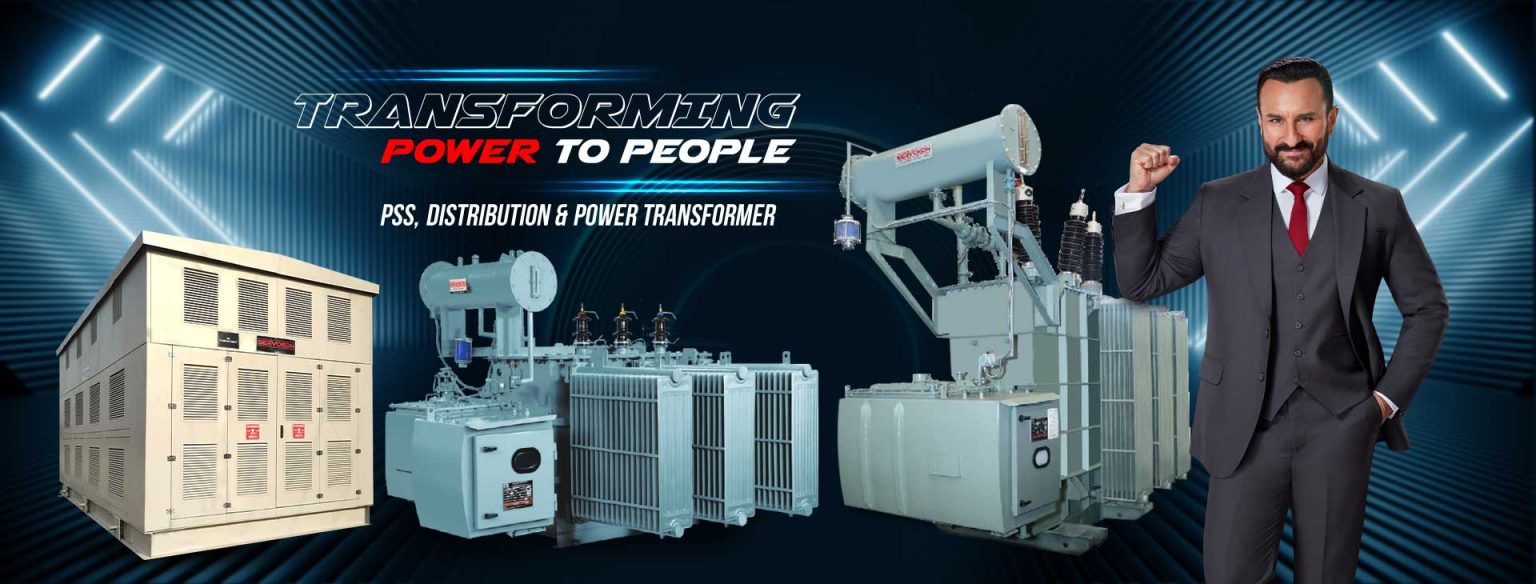India hosts one of the largest interconnected power systems in the world, connecting neighbouring countries like Bangladesh, Nepal, Bhutan, and Myanmar. A landmark achievement of 100% electrification of all villages and added 9943 MW in total installed capacity witnessed past year. India seems to be leading the global energy revolution with initiatives such as the National Smart Grid Mission, Revamped Distribution Sector Scheme, and Street Lighting National Programme. However, massive distribution and transmission losses are a formidable hurdle in achieving self-sufficiency in the energy sector.
Understanding the causes of these losses
A considerable proportion of electricity generated is lost due to commercial reasons and technical reasons, which comprise distribution and transmission losses, these losses refer to the amount of electricity generated that does not reach customers. The technical losses are due to energy lost in transformers, conductors, and other equipment used for transformation, transmission, sub-transmission, and distribution of power. Commercial losses are caused by pilferage by hooking or bypassing meters, defective meters, meter inaccuracies, etc. The Indian power sector accounts for twice the average of global transmission and distribution losses.
Economic and Environmental Implications
These transmission and distribution losses have enormous economic and environmental implications. One percent increase in these losses results in an annual increase of Rs 200-400 crore in electricity costs estimated by experts and also places financial stress on businesses that cannot provide access to electricity at an affordable cost to customers. These transmission and distribution losses necessitate incremental energy production, adding to greenhouse gas emissions as far as its environmental implications are concerned. Reducing losses in the electrical transmission and distribution system is a way forward to enhance electrical efficiency and reduce generation-related emissions.
Recent Innovations can minimize transmission and distribution losses
Fortunately, advances in technology innovations in energy efficiency hold great promise to minimize these losses and result in efficient supply and management of electricity.
Grid modernisation and upgradation
The foremost step in this regard is grid modernization and upgradation. Investment in grids harnessing new-age technology will make them more responsive to anticipating, detecting, and mitigating outages promptly, improving the power supply’s reliability. This initiative should be accompanied by training and capacity building of the grid management workforce to equip them to handle various kinds of exigencies.
Smart grids
Another technology that can prove to be a game-changer is smart grids. The grids use AI to monitor and regulate the flow of electricity in real time. This helps customers and discus in the informed forecast about electricity requirements shortly. The state-of-the-art technology in these intelligent grids can detect causes of transmission losses due to pilferage, inaccurate readings, or faulty meters. They can also ensure the smooth integration of renewable energy sources into the grid, leading to grid stability and resilience.
Autonomous Power Systems
The autonomous power system is another pathbreaking technological innovation that can facilitate the smooth integration of diverse energy sources into the grid. They can operate independently without relying on the primary power grid. Hence, they can play a major role in ensuring a continuous and affordable power supply that is accessible to people at all times.
Energy Storage
In the long run, investment in energy storage technology will augment backup sources of power during outages. For instance, batteries can store excess solar energy during the day, which can be used during peak demand hours to address power shortages.
Way Forward
With a legacy of more than three decades, Servokon Systems Ltd’s expertise lies in manufacturing power transformers and conditioning solutions, including Distribution Transformers, Hermetically Sealed Transformers, Solar Transformers, Furnace Transformers, and Compact Substations. These transformers are vital in transmission networks for voltage level adjustment and minimizing energy losses. Meeting state electricity boards’ requirements, they find applications across diverse sectors, from power generation stations and mining to wind and solar projects. These transformers equipped with cutting-edge technology are critical to achieving the goals of the Revamped Distribution Sector Scheme (RDSS) scheme.
Servokon’s Power Transformers, with capacities up to 50 MVA and up to 66kV primary/secondary voltage class, undergo rigorous type testing at NABL-approved laboratories to ensure superior quality and workmanship. With its cutting-edge technology, stringent quality control, and best-in-class customer service, Servokon is proud to partner in the government’s mission to ensure uninterrupted power supply to all.

